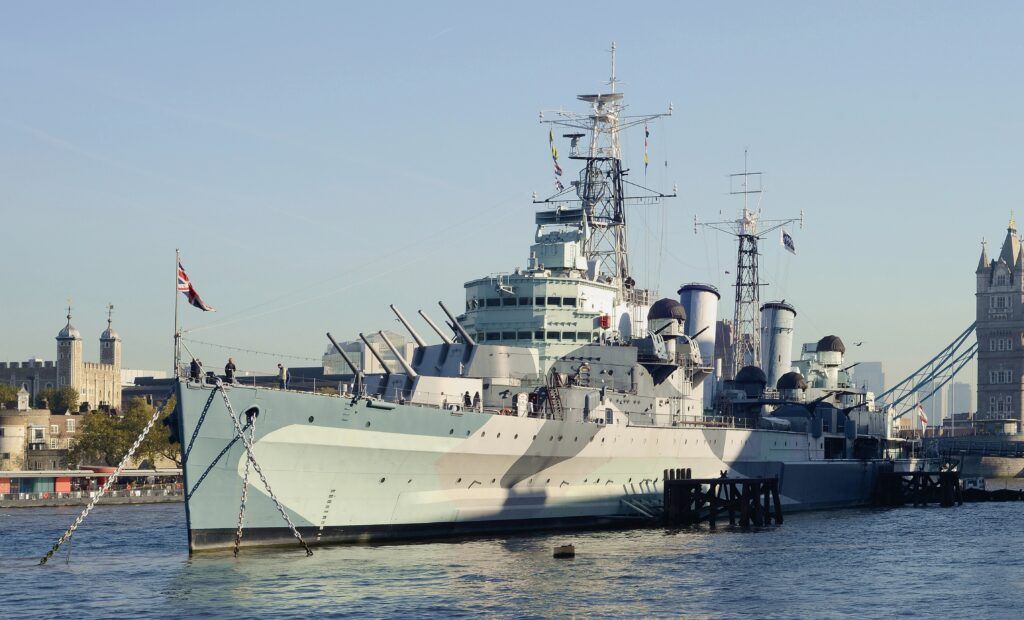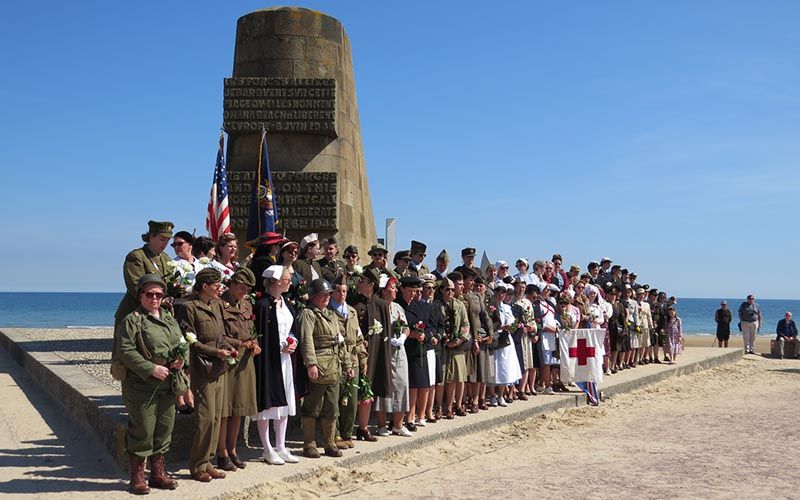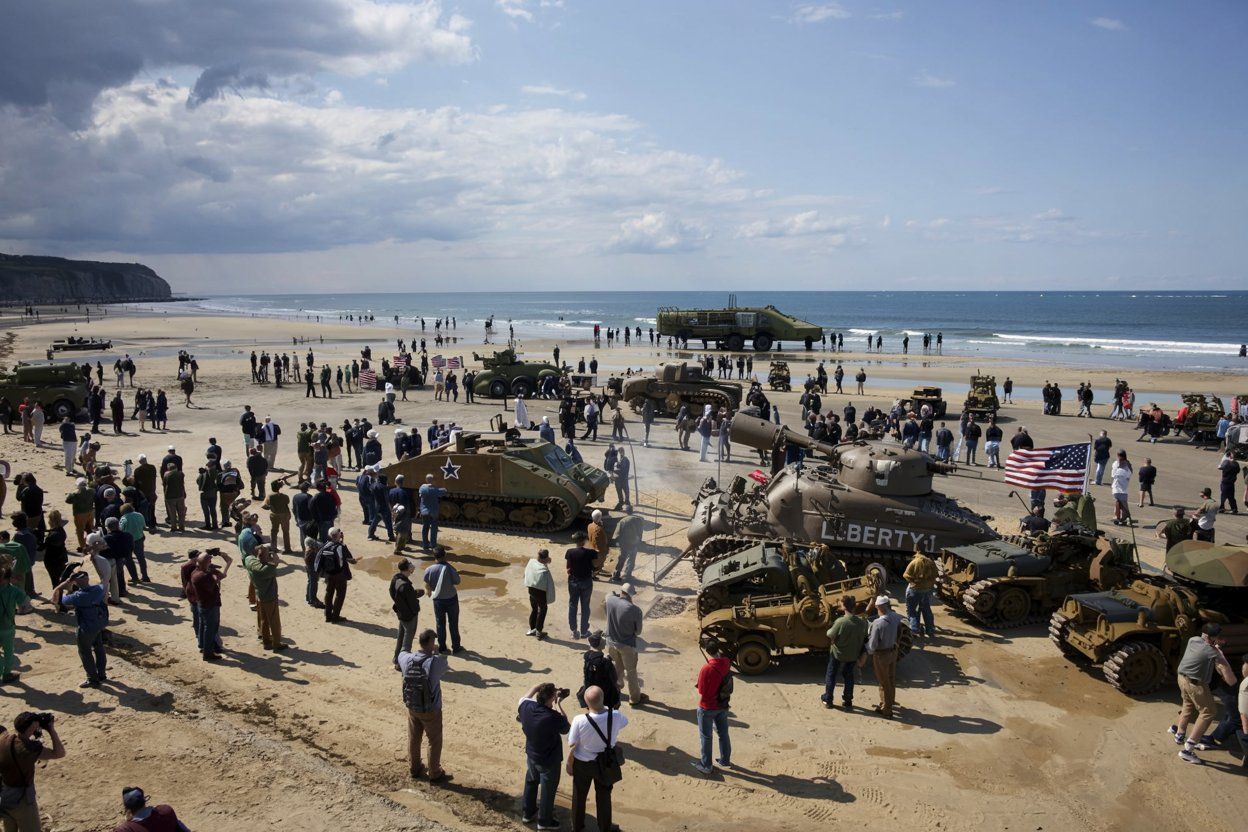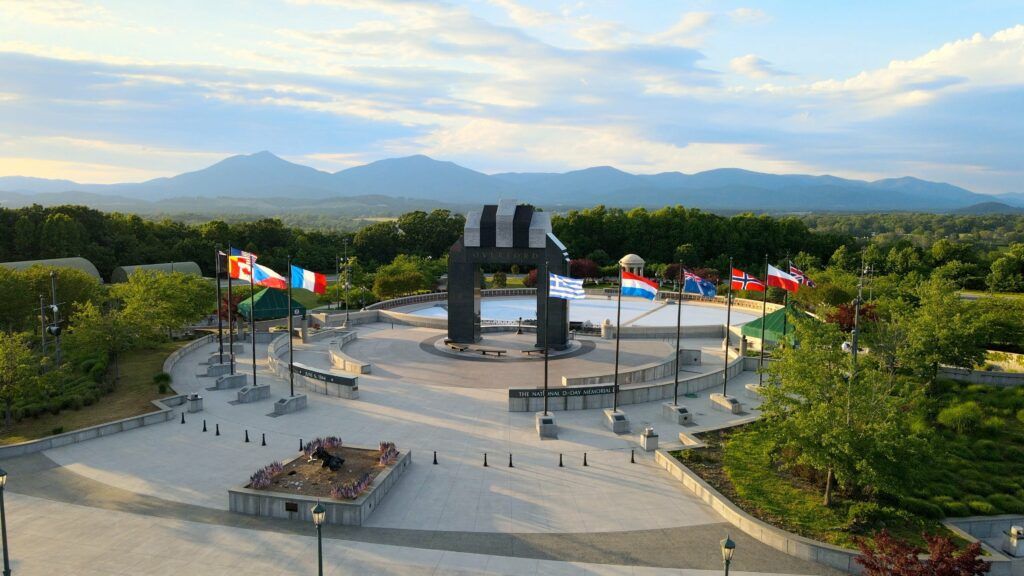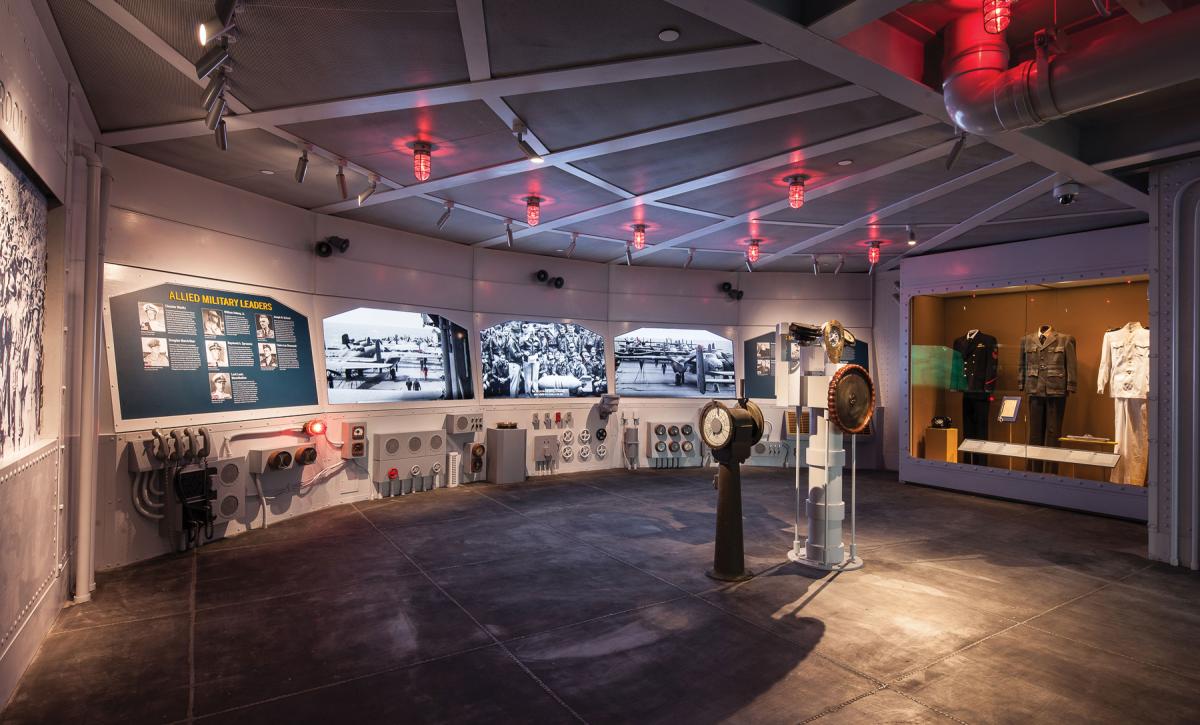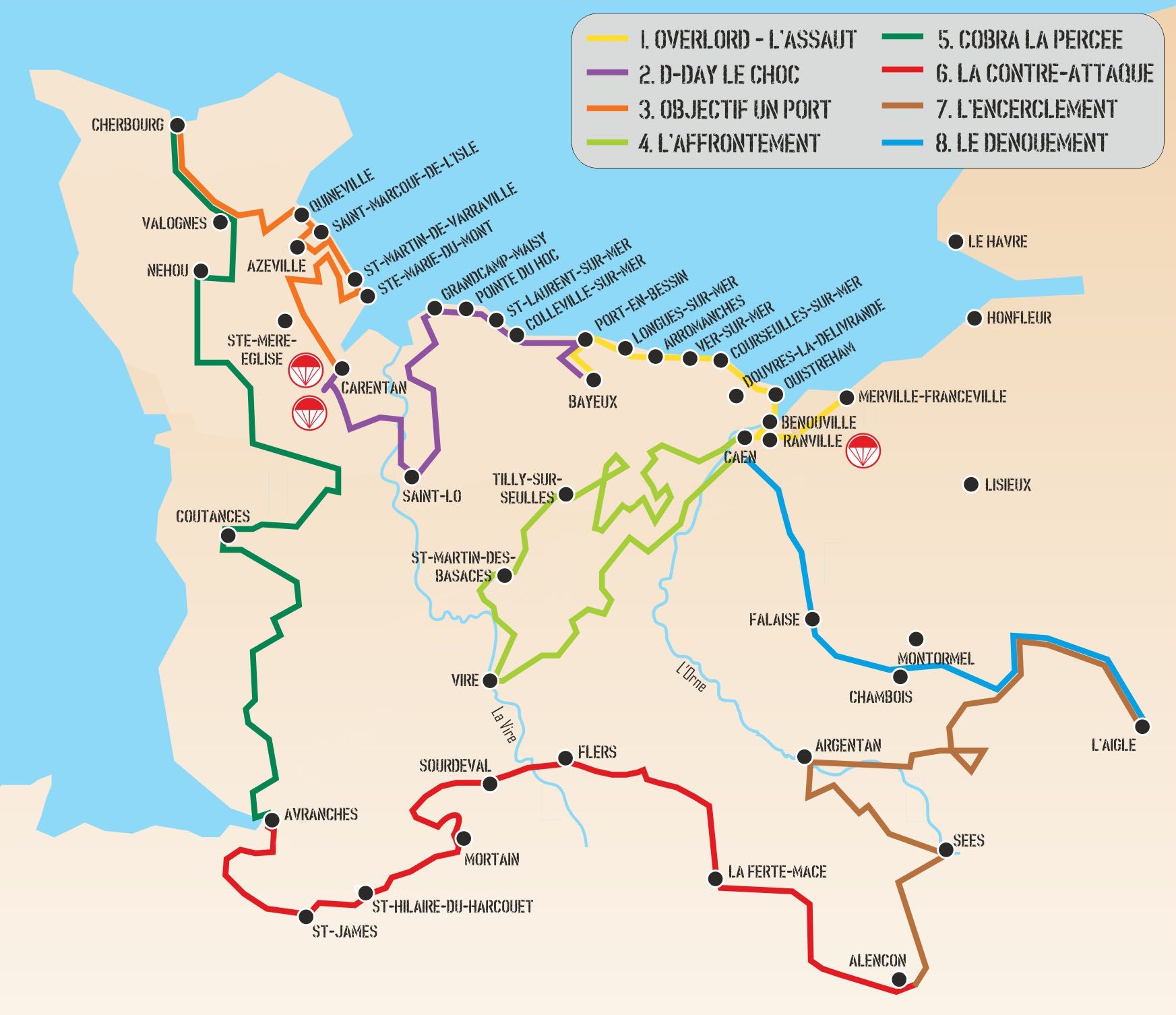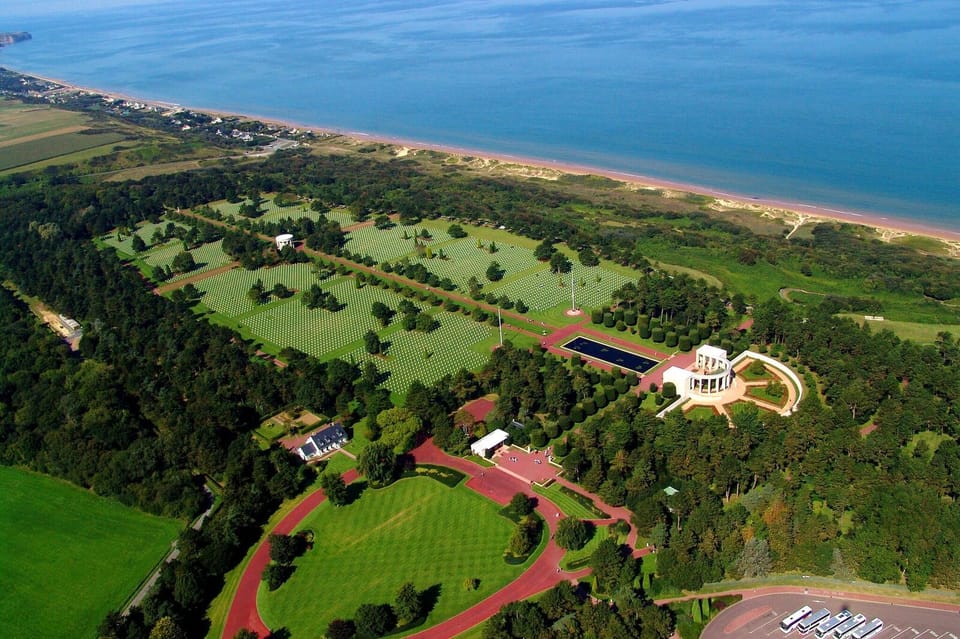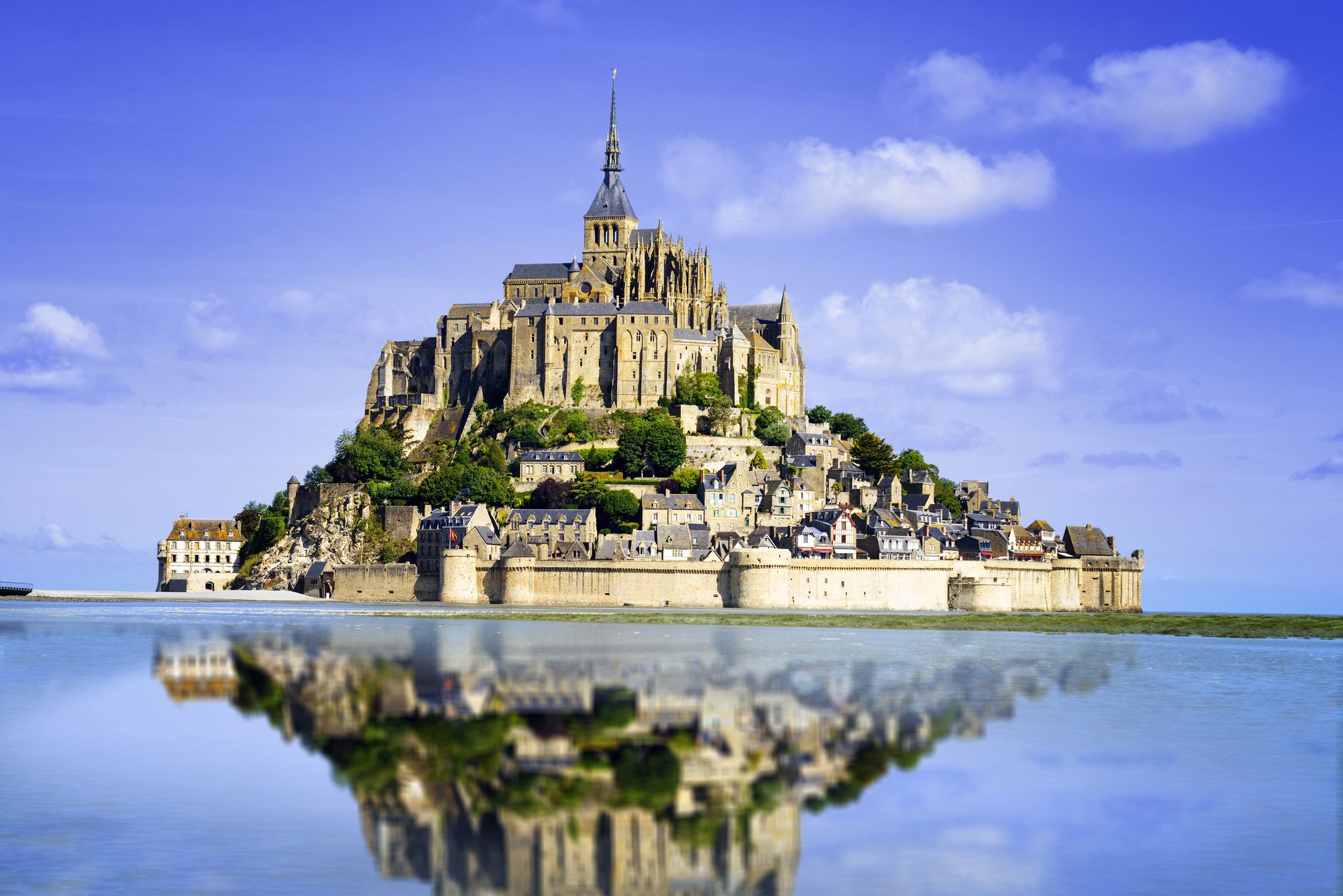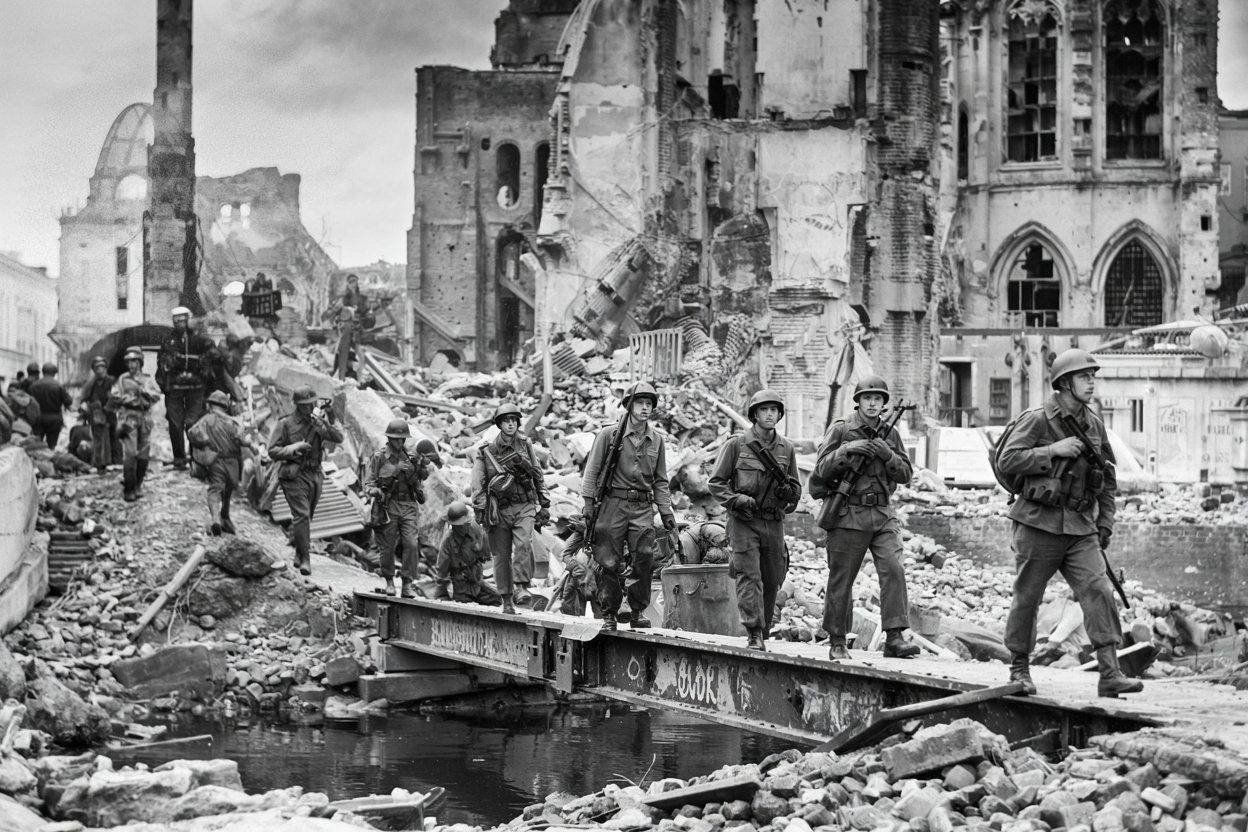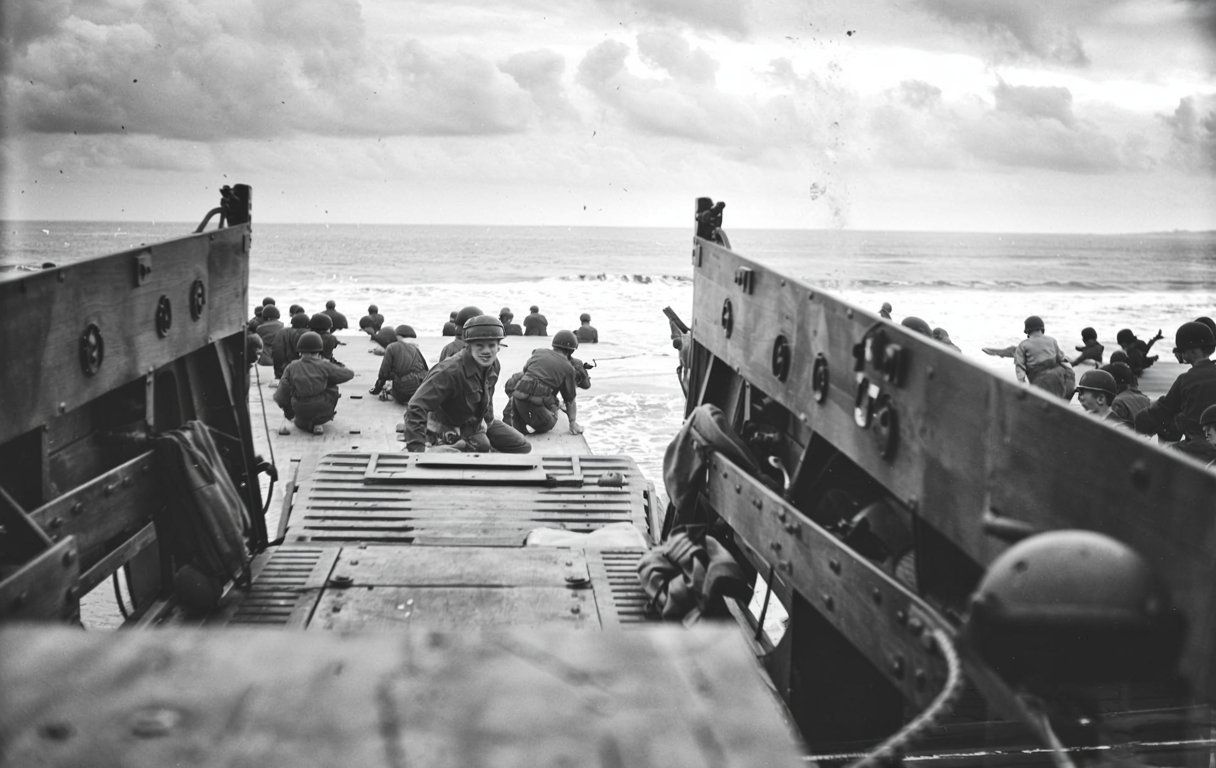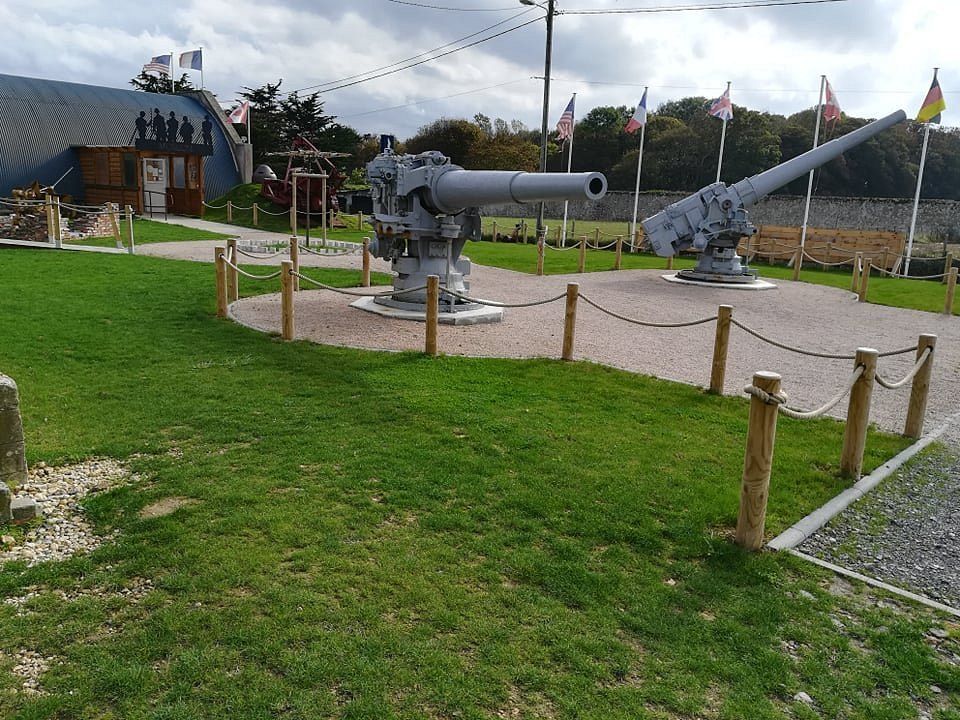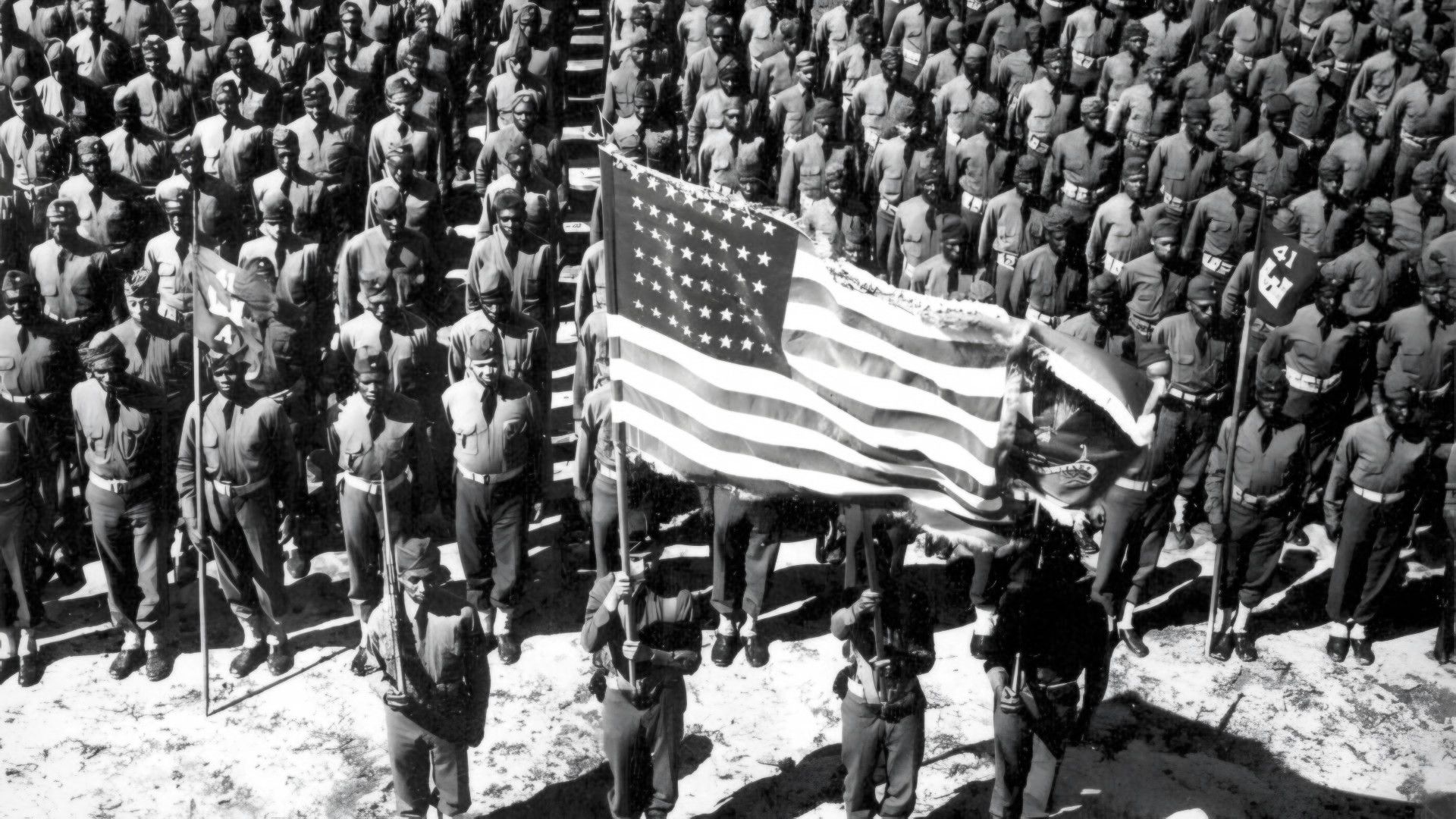Stepping aboard a preserved World War II ship is like time-traveling into one of history’s defining conflicts. These floating museums aren’t just relics—they’re living reminders of sacrifice, ingenuity, and the naval stories that helped shape the world we know. Today, you can actually walk the decks of several WWII vessels, including four aircraft carriers—USS Yorktown, USS Intrepid, USS Hornet, and USS Lexington—all open to the public as living museums.
The Liberty ship SS Jeremiah O’Brien stands out among preserved vessels. This unaltered Liberty class ship sailed in the Normandy invasion and now testifies to the crucial supply runs that kept Allied forces moving. If you check America’s museum ships directory, you’ll find a surprising variety of WWII-era ships, each with its own story of combat or service.
These museum ships give you a kind of education you just can’t get from a textbook. Walking the same decks where sailors stood watch during world-changing battles? It’s a powerful connection to the past. The preserved battleships, destroyers, submarines, and support ships together tell the sweeping story of naval warfare during humanity’s biggest war.
Calshot
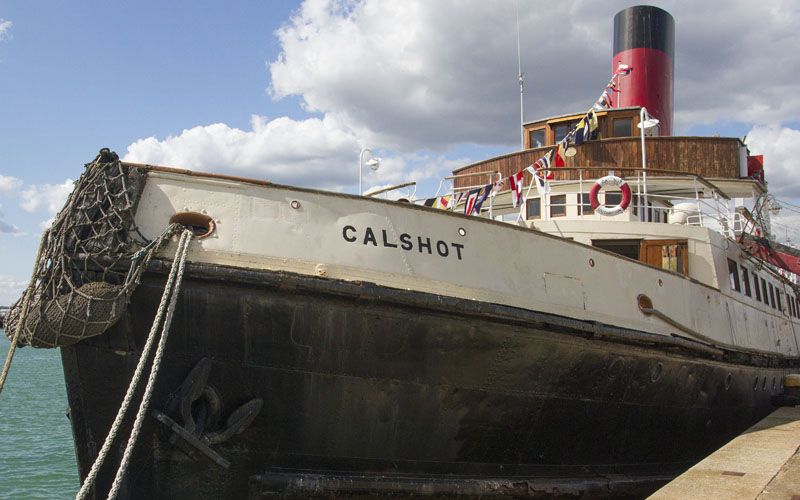
The TSS T/T Calshot is one of only three surviving classical tender ships that served the great ocean liners during the war period. This rare vessel shares its historical significance with SS Nomadic, which famously tendered the ill-fated Titanic.
Maritime experts highlight Calshot’s importance as a rare survivor of its type. In the UK, only passenger tender NOMADIC and steam tug DANIEL ADAMSON are similar vessels still around.
The area itself has deep wartime roots. The Calshot anchorage is the best-preserved structure from the old defense boom, dating back to around 1910-1914, showing just how strategic the location was before and during the war.
RAF Calshot played a big part in military operations. It stayed active until 1961, and much of the base has survived. Now, the Calshot Activities Centre covers most of the site.
The airfield at Calshot opened in 1913 and handled some pretty pioneering stuff. It was a site to test early torpedoes, and pilots trained there to attack German submarines during World War I—so its military story kept going right through WWII.
Key Features of Calshot:
- Historic tender ship to ocean liners
- Anchorage structure still intact
- Former RAF base with preserved parts
- Early torpedo testing site
- Training spot for anti-submarine warfare
HDML-1085
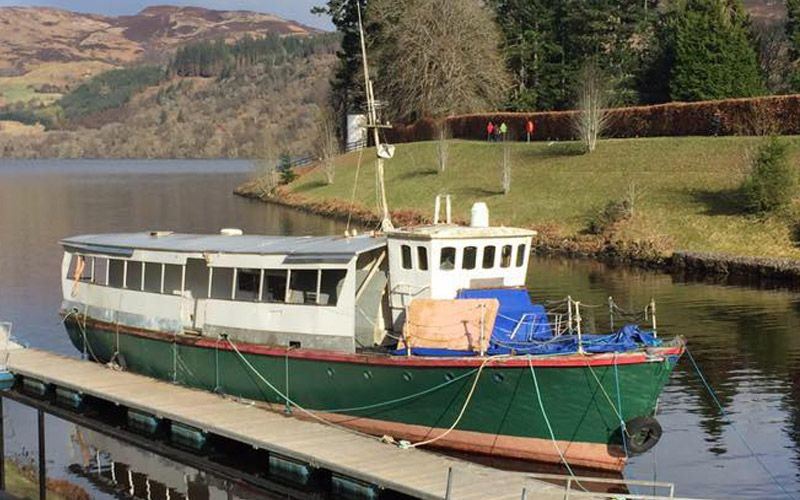
HDML-1085 is a preserved Harbour Defence Motor Launch from WWII, part of the HDML class that served with the Allies. These 72-foot boats, displacing 46 BRT, handled coastal patrols, harbor defense, and minesweeping—jobs the big ships just couldn’t do.
The Royal Navy built hundreds of these vessels. Their size made them perfect for shallow waters. HDML-1085 is one of the few left, and honestly, these little ships are often overlooked in the history books.
With a crew of 10-12, they packed a 3-pounder gun, .50 caliber machine guns, and depth charges. Not bad for something so compact.
Most HDMLs were sold or scrapped after the war. HDML-1085 survived thanks to dedicated preservationists. Now, it’s a rare link to the small craft that made WWII’s coastal operations possible.
You can check out the crew quarters, wheelhouse, and engine room—see firsthand how tight life was on board. The preserved HDML-1085 really shows what 1940s naval tech looked like up close.
HDML-1309
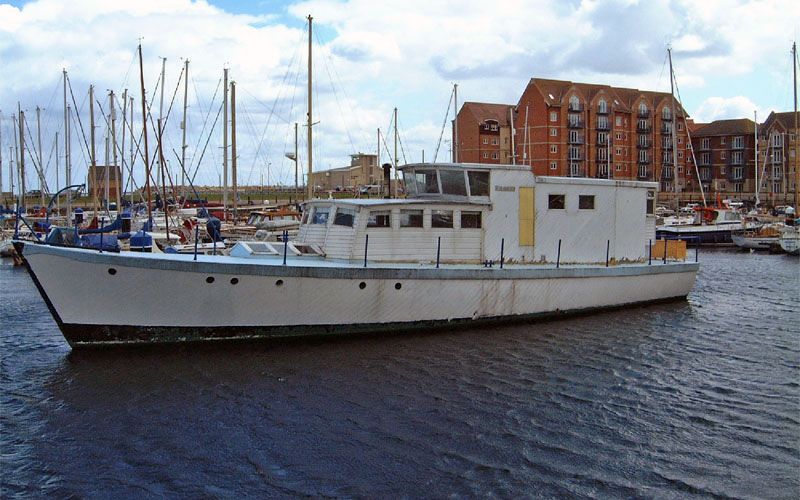
HDML-1309 served in the Royal Navy during WWII. It was commissioned in February 1944 as part of Britain’s coastal defense plan.
These boats screened harbors from enemy subs. The HDML class was crucial for keeping Axis threats at bay.
Like its sister ships, HDML-1309 was about 72 feet long, carried depth charges, and was armed for defense. It operated mostly in British coastal waters on anti-submarine patrols.
- Commissioned: Feb 4, 1944
- Area: British coastal waters
- Role: Anti-submarine patrol
HDML-1309 didn’t have a long career—sold off in April 1948, not long after the war ended. Unlike some HDMLs, it wasn’t preserved. Others, like HMS Medusa (ML1387), did become museum ships and help tell the story of these underappreciated boats.
HDML-1387
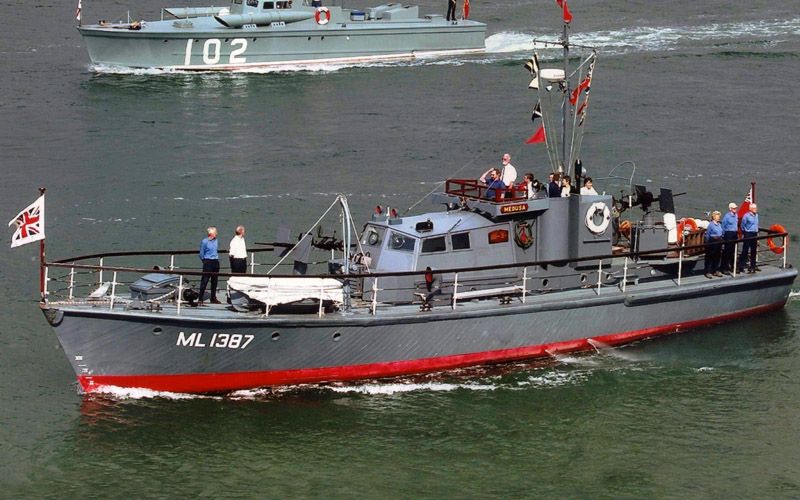
HDML-1387, better known as HMS Medusa, is a rare survivor from WWII. Built in Poole by R.A. Newman in 1943, she’s now the last operational boat of her class—out of 464 originally built.
This 72-foot wooden vessel played a big part during D-Day. Medusa marked an approach lane to Omaha Beach and was the first Allied vessel to enter Amsterdam after liberation.
- Length: 72 feet
- Wooden hull
- R.A. Newman & Sons, 1943
- Designation: A353 (formerly HDML-1387)
The Medusa Trust has restored the vessel, keeping this slice of history alive. HMS Medusa now serves as a floating museum and sometimes even takes visitors out on the water.
She still travels to maritime festivals and commemorations across the UK and Europe. Her continued preservation keeps the story of these small but vital boats alive.
HDML-1392
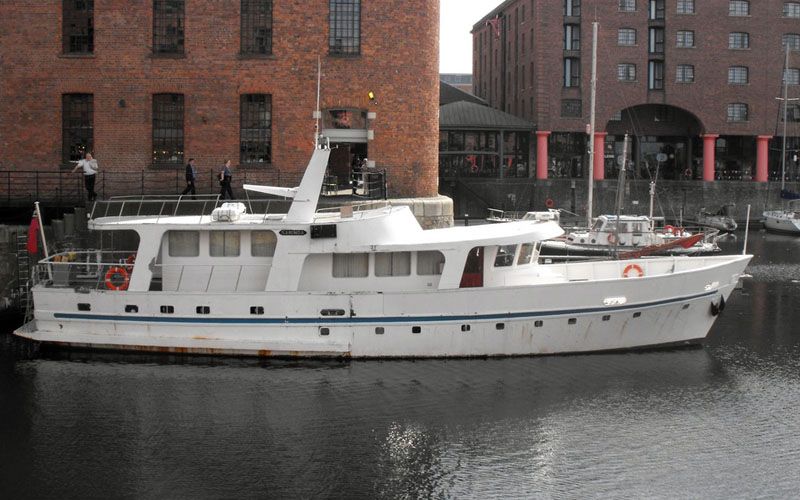
HDML 1392, now called Sarinda, is another important piece of British naval history from WWII. This 72-foot motor launch was built by Berthon Boats in Lymington—ordered in September 1942 and finished in December 1943.
HDMLs were known for being reliable and “sea kindly,” with engines you could count on when things got rough. Sarinda is currently being restored in Watchet Harbour, Somerset—preservation is ongoing, and it’s a real labor of love.
- Length: 72 feet
- Builder: Berthon Boats
- Ordered: Sept 11, 1942
- Completed: Dec 20, 1943
- Original designation: ML 1392
The “Ship Happens” project is working to bring Sarinda back to her wartime condition, so people can see what these launches were like in action.
HMCS Haida (G-63)
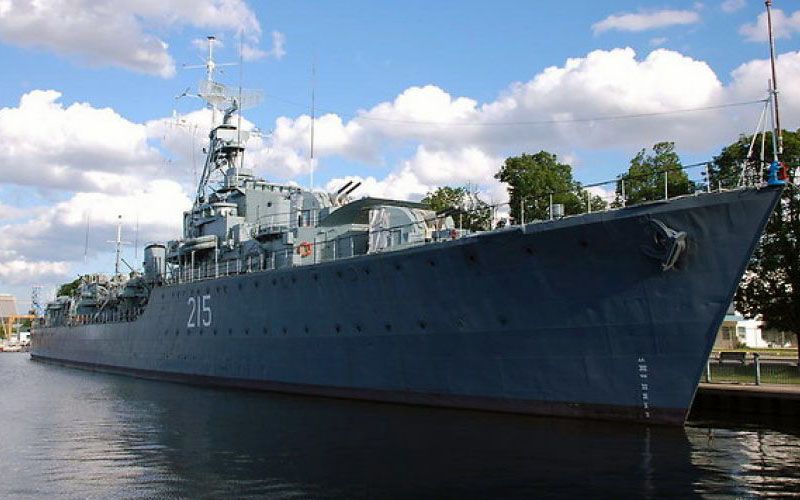
HMCS Haida is a Tribal-class destroyer that served in the Royal Canadian Navy from 1943 to 1963, seeing action in both WWII and Korea.
Called the “fighting-est ship in the Royal Canadian Navy”, Haida was the last of six Tribal-class destroyers Canada ordered from the UK.
She made headlines in April 1944 by sinking an enemy ship and rescuing 47 crew from HMCS Athabaskan—proof of both her firepower and her crew’s guts.
- Class: Tribal-class destroyer
- Commissioned: 1943
- Decommissioned: Oct 11, 1963
- Service: WWII and Korean War
After decommissioning, Haida was preserved as a museum ship and is now the last surviving Tribal-class destroyer. She’s docked in Hamilton, Ontario, as a National Historic Site of Canada. If you want to see a real WWII destroyer, this is your chance.
HMS Belfast
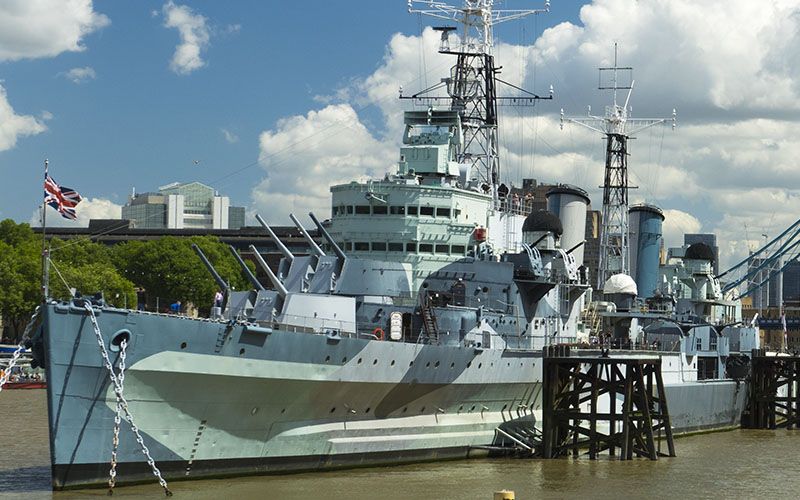
HMS Belfast is a Town-class light cruiser that served in the Royal Navy during WWII and now sits as a museum ship on the Thames in London.
Belfast saw serious action, especially during the Arctic Convoys—18 months of brutal conditions delivering supplies to the Soviet Union.
She’s especially famous for D-Day: one of only three ships left from the bombardment fleet at the Normandy landings.
Belfast is the largest surviving Royal Navy surface combatant from WWII. Many famous ships were scrapped, but Belfast was saved—now, she’s the biggest WWII Royal Navy ship preserved.
Visitors can wander her decks and gun turrets, getting a real sense of what wartime life was like for her crew.
HMS Ryde (Now PS Ryde)
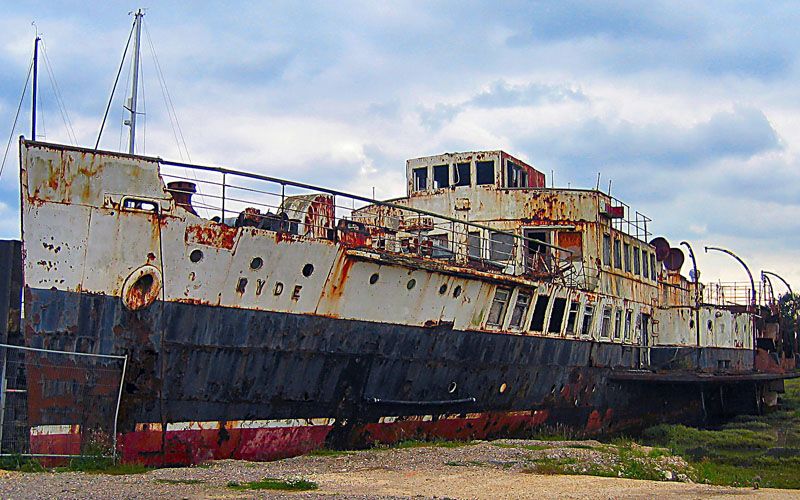
The PS Ryde started as a paddle steamer ferry between England and the Isle of Wight in 1937. Built by William Denny and Brothers, she had that classic pre-war passenger ship look.
When war broke out, the Royal Navy requisitioned her, renaming her HMS Ryde. She was converted into a minesweeper and later an anti-aircraft ship.
- Built: 1936
- Originally a passenger ferry
- Wartime roles: Minesweeper, anti-aircraft
- Length: 216 feet
- Paddle wheels
After the war, she went back to ferrying passengers until 1969. Now, PS Ryde sits abandoned in Newport, Isle of Wight, but there’s a campaign to restore her. She’s the last paddle steamer to carry passengers across the Solent—a true piece of maritime history.
HSL-2561
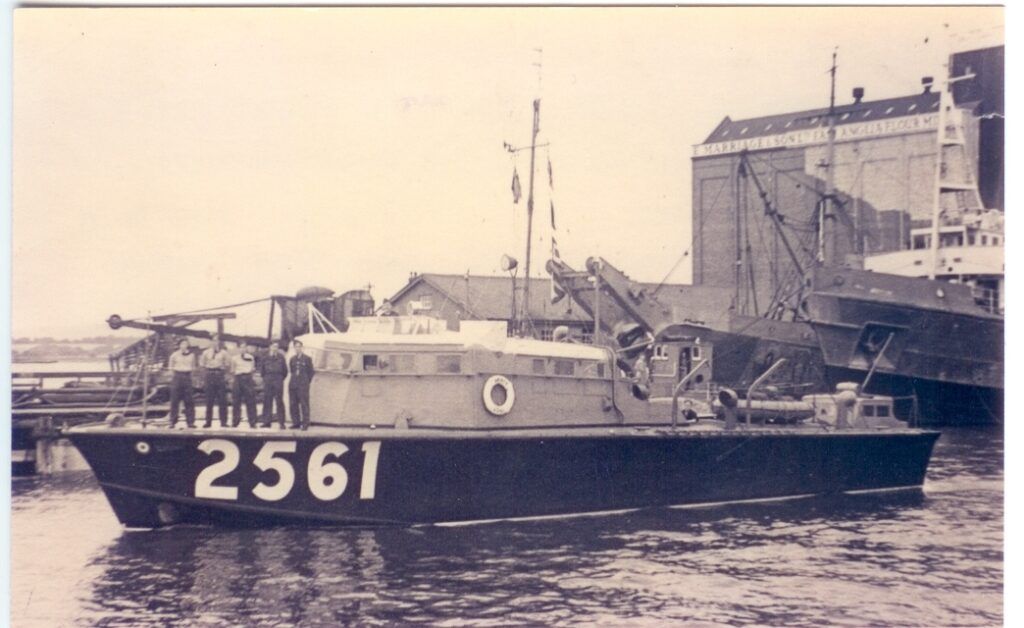
HSL-2561, or “Blue Leader,” is a World War II air-sea rescue boat built in 1943 by the British Powerboat Company Ltd. at Hythe. Designed by George Selman, these high-speed launches were essential for rescuing downed aircrews.
HSL-2561 was part of a fleet that patrolled the Channel and North Sea—starting with just two boats, growing to sixteen.
- Length: ~70 feet
- Triple engines
- Speeds over 30 knots
- Crew: 7-9
- Role: Air-sea rescue
The restoration kept her original three-engine setup, which made these boats so fast. HSL-2561 “Blue Leader” is one of the last of her kind—a testament to the air-sea rescue crews of WWII. If you visit, you’ll see just how cramped and practical these boats were.
Hyperion
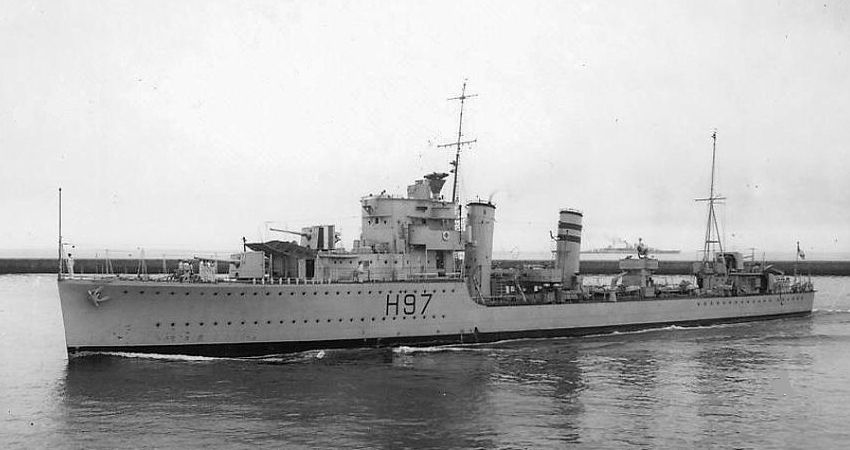
The USS Hyperion (AK-107) started as SS Christopher C. Andrews, a Liberty ship converted for naval service in WWII. She earned three battle stars for her service moving supplies for the Allies.
On the other hand, HMS Hyperion (H97) was an H-class destroyer that enforced arms embargoes during the Spanish Civil War and later struck a mine off Pantellaria in WWII, leading to her loss.
- USS Hyperion: Cargo ship, three battle stars
- HMS Hyperion: H-class destroyer, mined in WWII
Neither version of Hyperion survived as a museum ship. Their stories live on in naval records.
Jeakelard
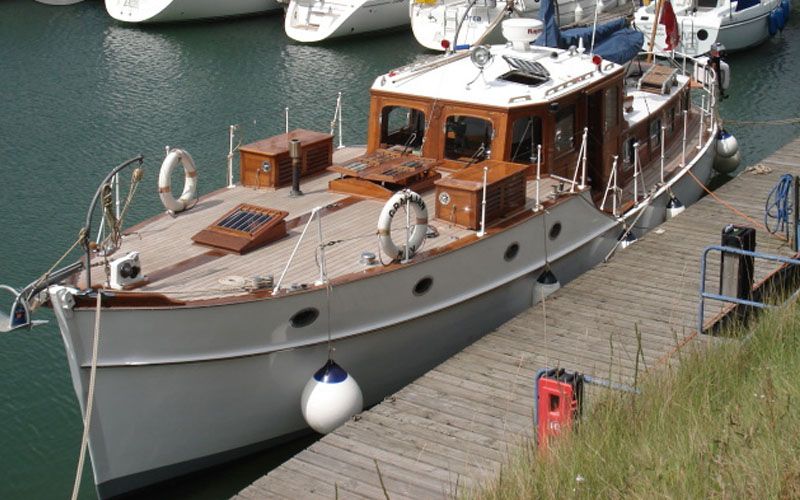
Jeakelard is a fictional WWII vessel—no real ship by that name ever served. Sometimes it pops up in obscure forums, but there’s no historical record. Maybe people get it confused with ships like USS Jeannette or HMS Jericho, but Jeakelard never existed.
If you’re researching museum ships, double-check your sources for accuracy. Plenty of authentic WWII ships have been preserved, like USS Missouri, HMS Belfast, and IJN Mikasa. They offer real insight into naval warfare.
Model ships—like Thames sailing barge replicas—sometimes fill the gap when originals are gone. And after WWII, politics and money meant many deserving ships went to the scrapyard instead of becoming museums.
LCA-888
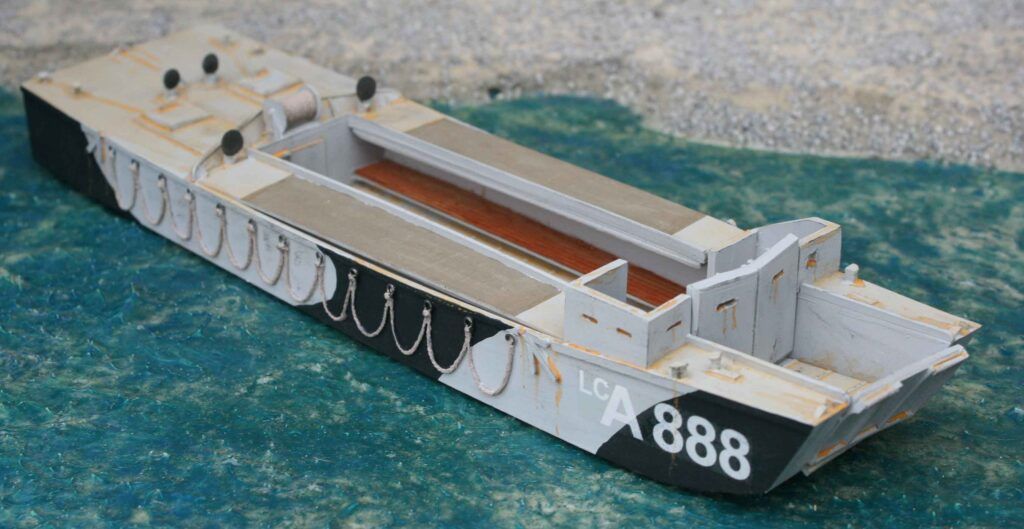
LCA-888 is one of the most significant preserved Landing Craft Assault vessels from WWII. This craft played a big part in the D-Day landings on June 6, 1944, at Pointe du Hoc.
LCA-888 carried Rudder’s Rangers during their daring assault. It was Lt. Col. James Rudder’s own landing craft, hitting the beach at about 7:10 AM.
Developed in 1938-39 by Thornycroft, the LCA became the primary troop landing craft for the British and Commonwealth forces. Each could carry up to 22 men.
- Designation: LCA-888
- Operation: D-Day, Pointe du Hoc
- Commander: Lt. Col. James Rudder
- Landing: ~7:10 AM, June 6, 1944
- Capacity: 22 troops
LCA-888 was lost for decades but has now been recovered and is being restored. It’s a tangible link to one of D-Day’s most daring missions.
LCT-7074
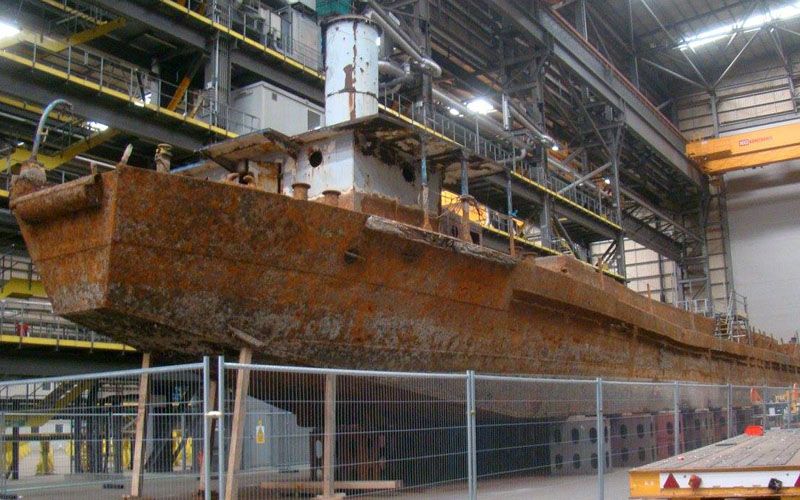
LCT-7074 is the last surviving Landing Craft Tank from D-Day in the UK. This ship played a crucial role in the Normandy landings on June 6, 1944.
Part of the Mark 3 LCT class, it was built to carry tanks, vehicles, and troops across the Channel for the Allied invasion.
LCT-7074 landed tanks on Gold Beach during D-Day, directly supporting the assault. Only ten LCTs are thought to survive worldwide, so this one’s a rare piece of history.
After years of neglect, LCT-7074 is now restored and on display at The D-Day Story museum in Portsmouth. You can explore the ship and see what amphibious warfare was all about.
The ship’s listed in the National Historic Ships register, a testament to its significance.
LST-325
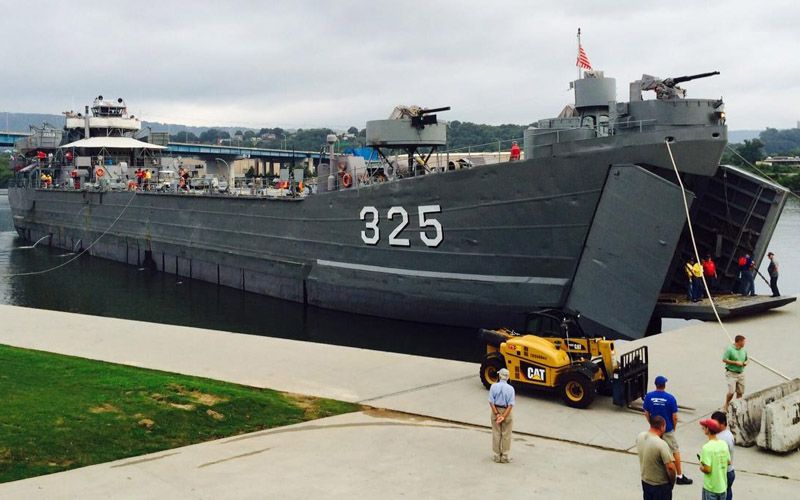
LST-325 is one of the last fully operational WWII Landing Ship Tanks in the U.S. Built for amphibious operations, it landed tanks right on enemy shores.
The ship served in the Europe-Africa-Middle East Theater and later went to Greece as HS Syros (L-144).
Today, LST-325 is a museum and memorial in Evansville, Indiana. It’s a rare tribute to wartime engineering and the crews who made these landings possible.
- One of only two WWII LSTs preserved in the U.S.
- Located in Evansville, Indiana
- Open for public tours seasonally
- Still operational
The ship’s collection includes original artifacts and photos. Visitors can walk through crew spaces, the engine room, and the tank deck for a real taste of life at sea during WWII.
LST-393
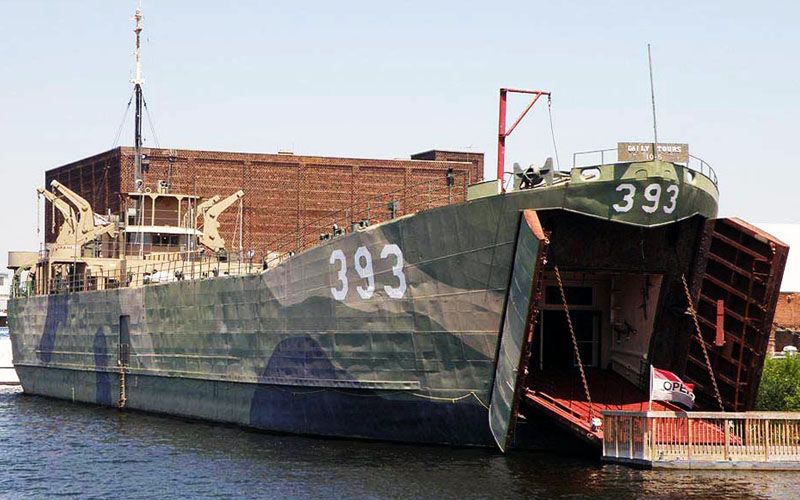
The USS LST-393 is one of just two surviving LSTs from the original 1,051 built in WWII. These ships carried tanks, vehicles, cargo, and troops straight onto the beach—no docks needed.
Launched in 1942, LST-393 saw action quickly and played a crucial role in three major European invasions. It made 29 trips across the Channel, hauling vital equipment and troops.
Now, it’s the USS LST 393 Veterans Museum in Muskegon, Michigan. Preserved in its original form, it gives visitors a genuine look at WWII naval operations.
The ship is maintained by a Michigan non-profit dedicated to keeping her afloat. You can tour the decks and see artifacts, photos, and exhibits about the ship’s history and the larger war effort.
LST-510
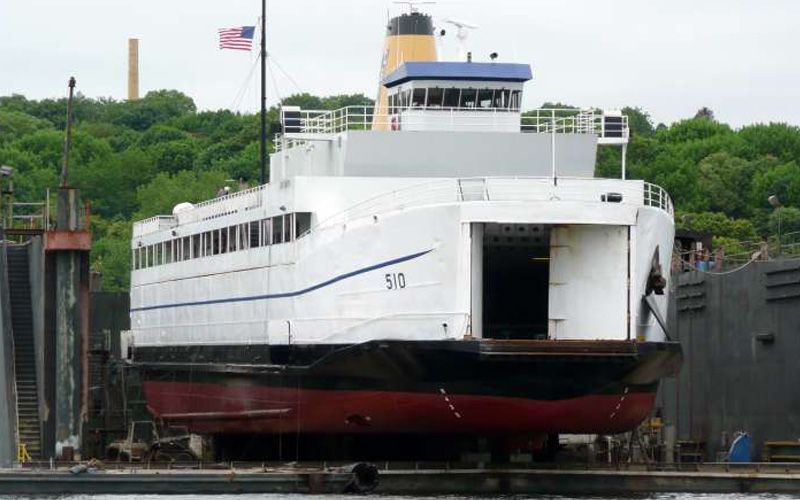
USS LST-510 is one of the few surviving ships from the WWII amphibious fleet. Built in Indiana, this tank landing ship was part of the “gator navy,” delivering troops and gear straight onto beaches.
The ship earned one battle star for its service, most notably during the D-Day invasion of Normandy.
After being struck from the Naval Register in 1958, LST-510 was reborn as the M/V Cape Henlopen, a car and passenger ferry. It’s one of the last D-Day ships still operating today.
Later named USS Buncombe County (LST-510), it honors Buncombe County, North Carolina. If you take the ferry, you’re literally walking on history.
LV-72 (JUNO)
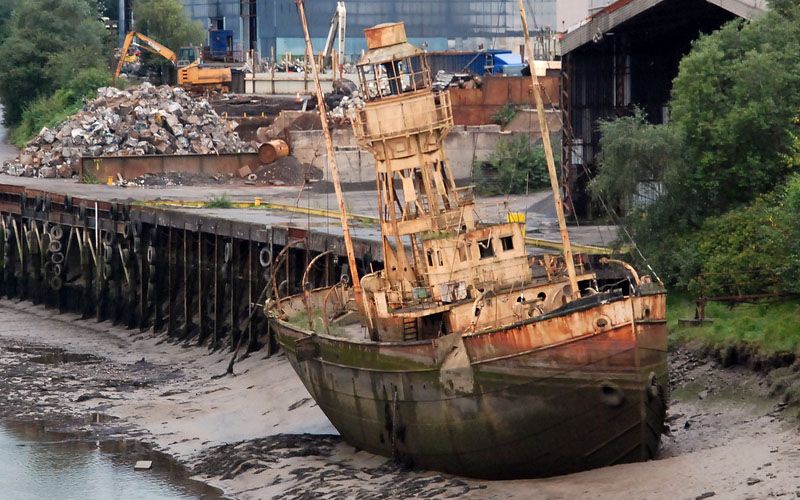
Light Vessel 72, or JUNO, is a historic Trinity House light vessel with a wild WWII backstory. Built in 1903 by John Crown & Sons of Sunderland, it started as a navigational aid.
During D-Day, LV-72 was stationed off Juno Beach, guiding Allied landings during Operation Overlord.
This “forgotten veteran” has spent decades on a riverbank in South Wales, its future uncertain.
- Built: 1903
- Builder: John Crown & Sons
- Iron hull
- WWII role: Navigation at Juno Beach
- Current location: River Neath, Wales
Even in decline, LV-72 is a direct link to the planning and execution of D-Day.
Major Elisha K. Henson (LT-5)
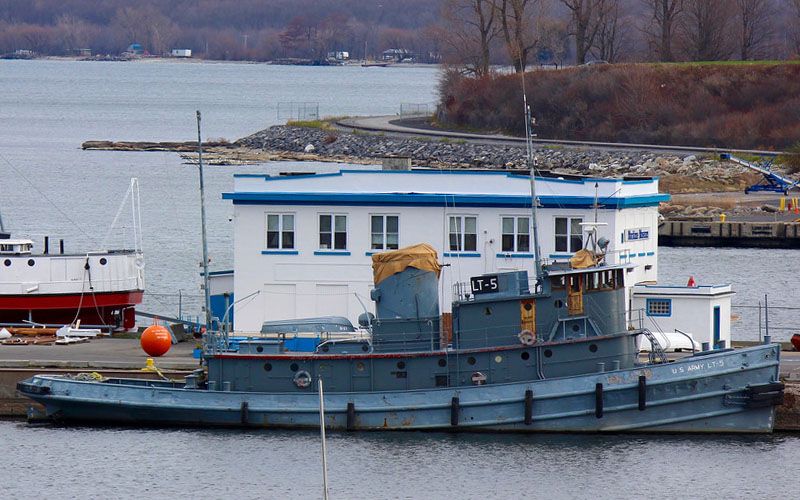
The Major Elisha K. Henson, or LT-5, is a National Historic Landmark WWII tugboat launched in 1943 at Jacobson Shipyard, Long Island. One of 200 large tugs built for the Army, LT-5 played a critical role at D-Day, transporting backup equipment.
This diesel-powered tug was tough enough for war and, after 1946, served with the Army Corps of Engineers in Buffalo.
Now, LT-5 is preserved at the H. Lee White Maritime Museum in Oswego. Visitors can explore one of the few remaining WWII tugs and get a hands-on look at support operations of the era.
Major Wilbur FR. Browder (LT-4)
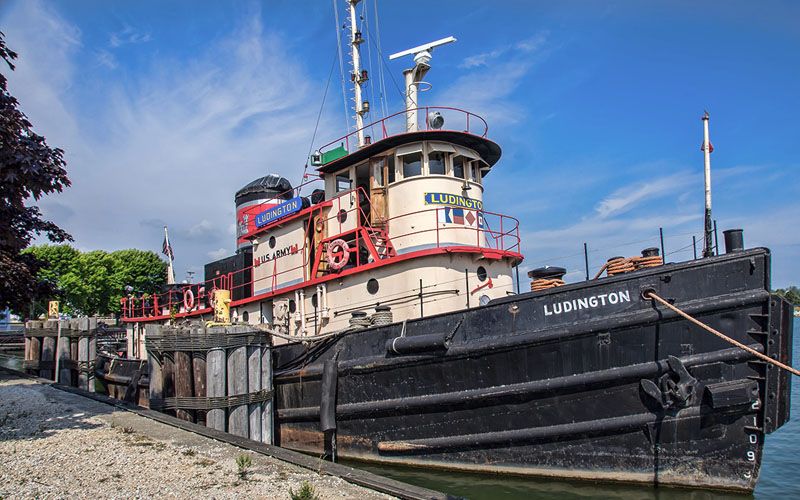
The Major Wilbur FR. Browder was a WWII tugboat built in 1943 at Jacobson Shipyard, Oyster Bay, NY. After passing sea trials, it was designated LT-4 by the Army.
During D-Day, it towed ammunition barges across the Channel and served at Cherbourg. Armed with two machine guns, it was named for Major Wilbur F. Browder.
- Built: 1943
- Location: Jacobson Shipyard
- Designation: LT-4
- Service: English Channel, Normandy, Cherbourg
- Now called: Tug Ludington
Tug Ludington represents the overlooked support craft that made the Allied invasion possible.
MGB-81
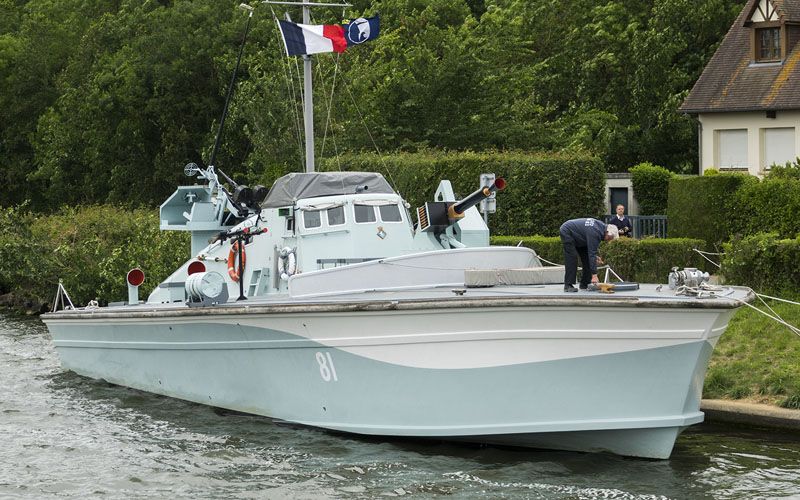
MGB-81 is a preserved motor gunboat from WWII, nicknamed the “Spitfire of the Seas.” These boats were designed for quick strikes and coastal ops.
Fast and heavily armed, MGBs were among the fastest boats of their era. MGB-81 saw action during the US landing at Omaha Beach and has been carefully restored—though not every part is original, the look and feel are spot-on.
- High-speed, armed with multiple guns
- Active during D-Day
- Restored and operational for public rides
Want to experience WWII naval history firsthand? You can actually ride aboard MGB-81 in the Solent.
MTB-102
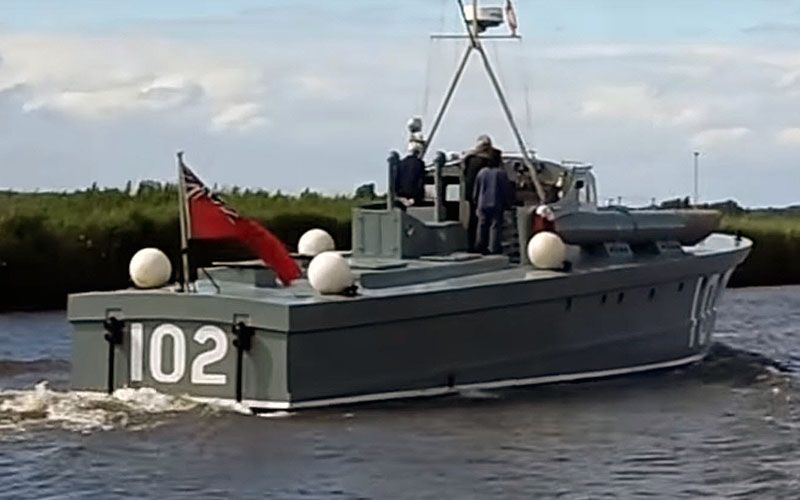
MTB-102 is one of the last motor torpedo boats from the Royal Navy’s Coastal Forces in WWII. Built for speed and agility, it’s a crucial piece of naval history.
Most notably, MTB-102 took part in the Dunkirk evacuation and is believed to be the only Royal Navy vessel from that operation still afloat.
- Type: Motor Torpedo Boat
- Built: 1937
- Length: 68 feet
- Top speed: ~45 knots
- Originally armed with torpedoes
After the war, MTB-102 was sold as a merchant vessel in 1945, but preservationists saved it. Now, it’s a living example of WWII naval tactics and engineering.
Seymour Castle
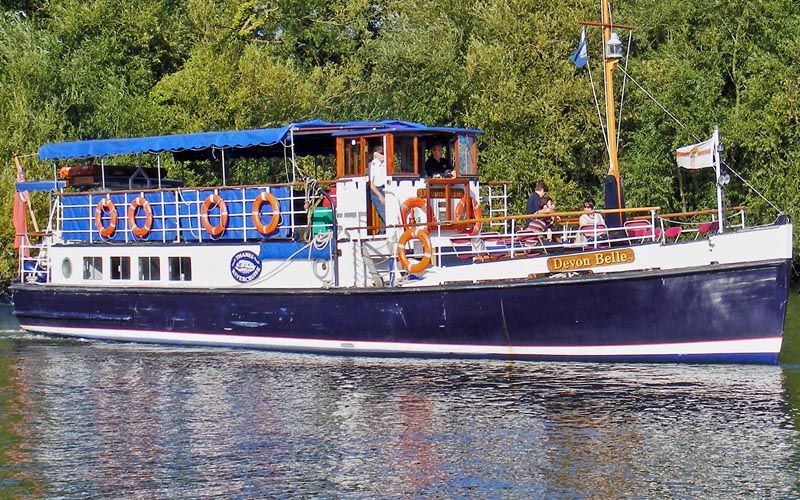
The MV Seymour Castle is another notable WWII-era vessel, officially recognized by National Historic Ships (certificate #1955).
Part of the “Little Ships” fleet, Seymour Castle played a role in various naval operations during the war. These smaller vessels weren’t as famous as the big warships, but they were just as tough and adaptable.
- Registered historic vessel
- Part of the “Little Ships”
- Represents WWII naval engineering
Today, the MV Seymour Castle helps visitors understand the full range of naval assets used in WWII—not just the headline-grabbing battleships.
SS Arthur M. Huddell
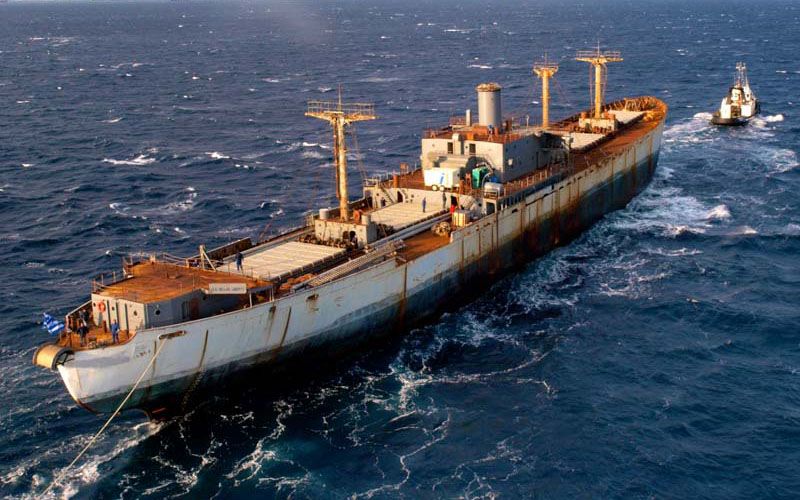
The SS Arthur M. Huddell is one of the last Liberty ships built by the U.S. in WWII. Laid down in October 1943, launched two months later, she played a key role moving supplies for the Allies.
Eventually, she became a museum ship and was renamed SS Hellas Liberty, now docked in Piraeus, Greece. Only three Liberty ships survive worldwide—these ships were the backbone of Allied logistics.
- Built: 1943
- Builder: St. Johns River Shipbuilding Co.
- IMO: 5025706
- Now: Museum ship in Piraeus
SS Jeremiah O’Brien
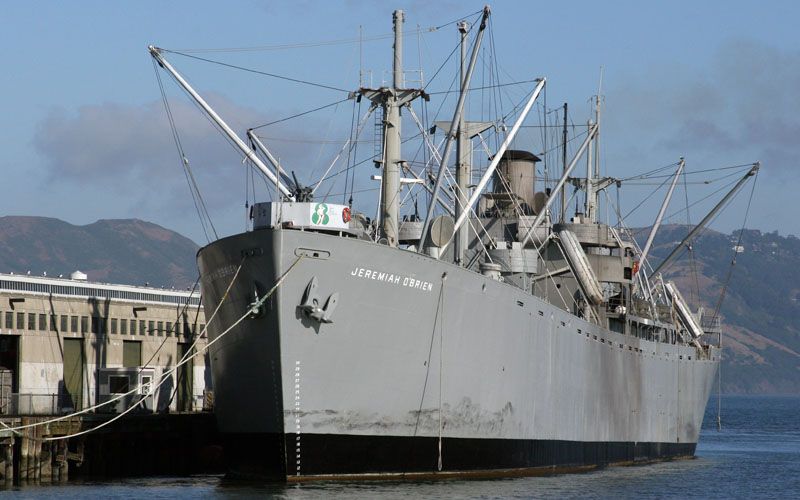
The SS Jeremiah O’Brien is one of the last Liberty ships from WWII. Named for a Revolutionary War captain, she was launched in 1943 and completed seven WWII voyages, delivering supplies worldwide.
The O’Brien is the last unaltered Liberty ship still around, keeping her original configuration and equipment.
- Launched: 1943
- EC2-S-CI Liberty ship
- San Francisco Harbor
- Museum ship and National Historic Landmark
She still runs demonstration cruises every May. Tours are $20 for adults—a rare chance to explore a fully restored, working WWII ship. The O’Brien honors both merchant mariners and Navy gun crews who protected these vital supply ships.
USS Laffey (DD-724)
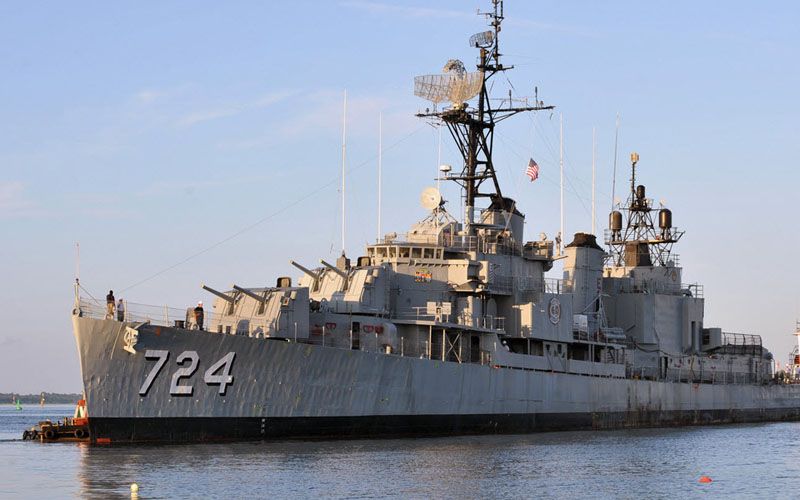
The USS Laffey (DD-724) is an Allen M. Sumner-class destroyer built in WWII, launched in 1943 and commissioned in 1944.
Laffey is the most decorated WWII destroyer still around and a National Historic Landmark. She’s the only surviving U.S. WWII destroyer that saw action in both the Atlantic and Pacific.
Her most famous moment came at Okinawa, where she survived a brutal kamikaze attack—earning the nickname “The Ship That Would Not Die.”
Now at Patriots Point Naval & Maritime Museum in South Carolina, Laffey is the only preserved Allen M. Sumner-class destroyer.
- Six 5-inch guns
- Multiple AA weapons
- Advanced radar (for the time)
- Crew quarters and ops spaces
USS Texas (BB-35)
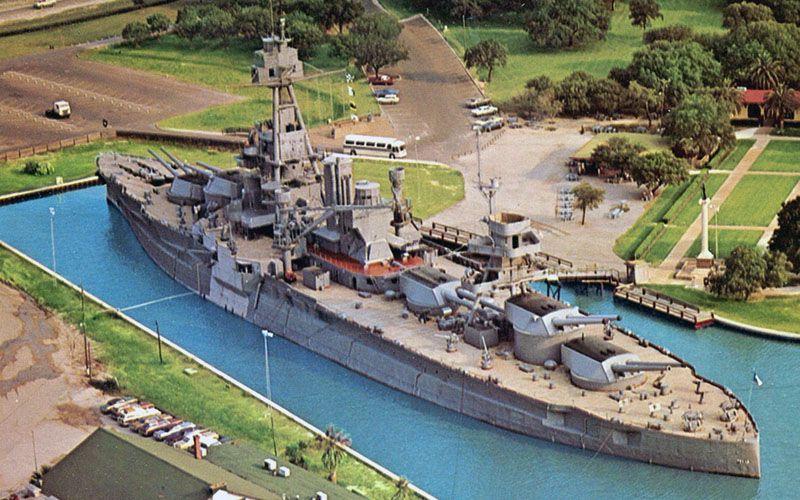
The USS Texas (BB-35) is the only World War I era dreadnought battleship left. Commissioned in 1914, she served 34 years, including both world wars.
Texas joined the Grand Fleet in WWI and earned five battle stars in WWII, fighting in North Africa and at Normandy, where her guns supported the landings.
- 27,000 tons
- New York class battleship
- Built: Newport News, VA
- Commissioned: March 1914
In 1976, she became the first battleship named a U.S. National Historic Landmark. Now a museum ship, Texas offers a deep dive into early 20th-century naval warfare and technology.

